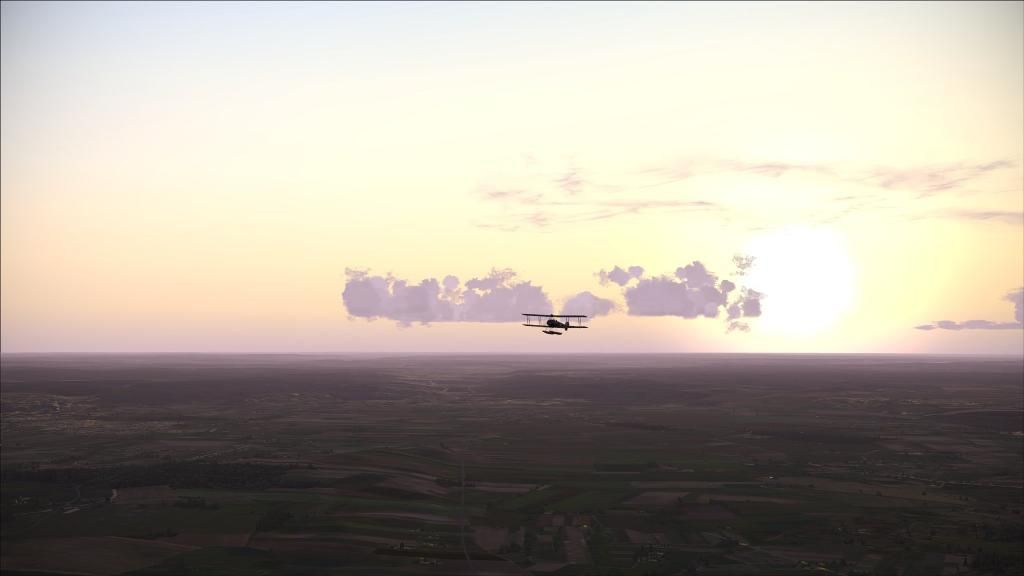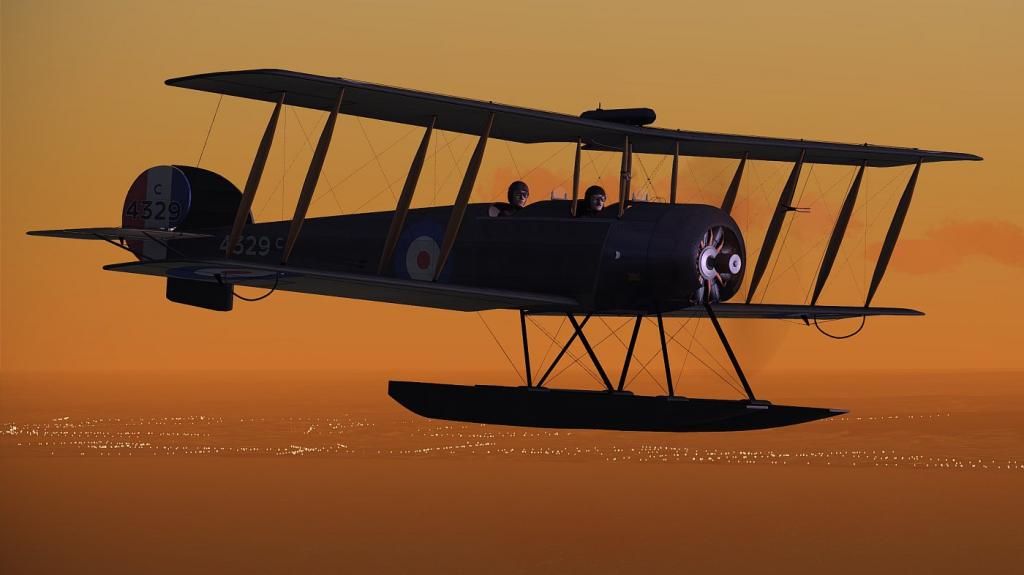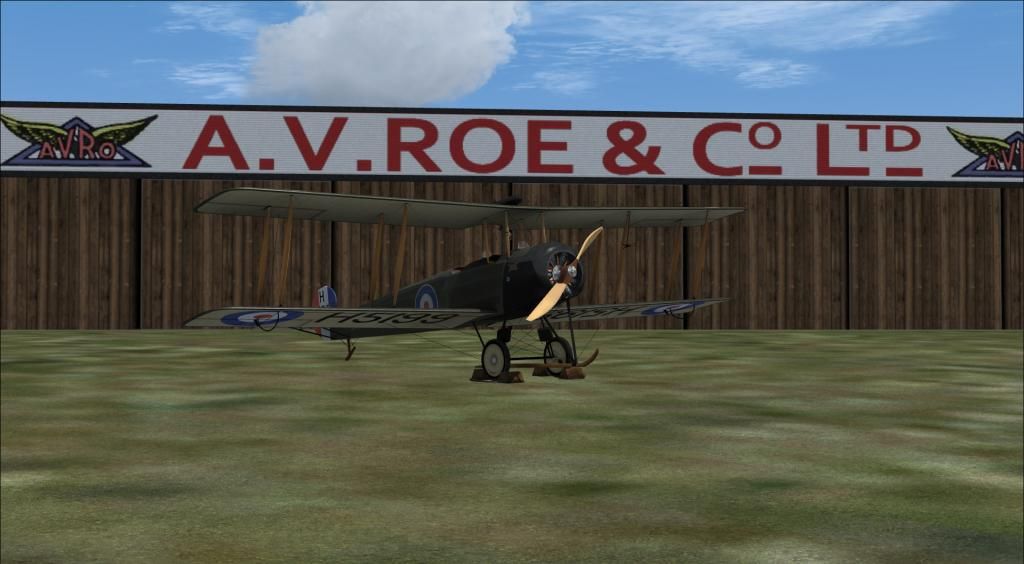Posing for Airfix box art!What role did the silver 504s have in egypt?

There seems to be an uptick in Political comments in recent months. Those of us who are long time members of the site know that Political and Religious content has been banned for years. Nothing has changed. Please leave all political and religious comments out of the forums.
If you recently joined the forums you were not presented with this restriction in the terms of service. This was due to a conversion error when we went from vBulletin to Xenforo. We have updated our terms of service to reflect these corrections.
Please note any post refering to a politician will be considered political even if it is intended to be humor. Our experience is these topics have a way of dividing the forums and causing deep resentment among members. It is a poison to the community. We appreciate compliance with the rules.
The Staff of SOH
Posing for Airfix box art!What role did the silver 504s have in egypt?

Just out of historical curiosity, what did the RAF need float plane 504's for?
What role did the silver 504s have in egypt?
Sorry I've been away for the weekend.
Ah, so that's what you need to change. Learn something new every day. And this seems to works better.
So attention Roger, you can take off my post about the helitrim gauge if you want.
Thanks loads djwaglik!- Rob
ps: if still interested, the helitrim gauge is over at the avsim library under file name helitrim.zip
I keep forgetting that the Coastal command was RAF not Navy
What I was wondering about Egypt though was why there were training aircraft there. was it a squadron hack, or did they train other countries pilots there?
Is fuel gauge here?
Thanks for reminding me about PUCK. Is it the freeware version?





